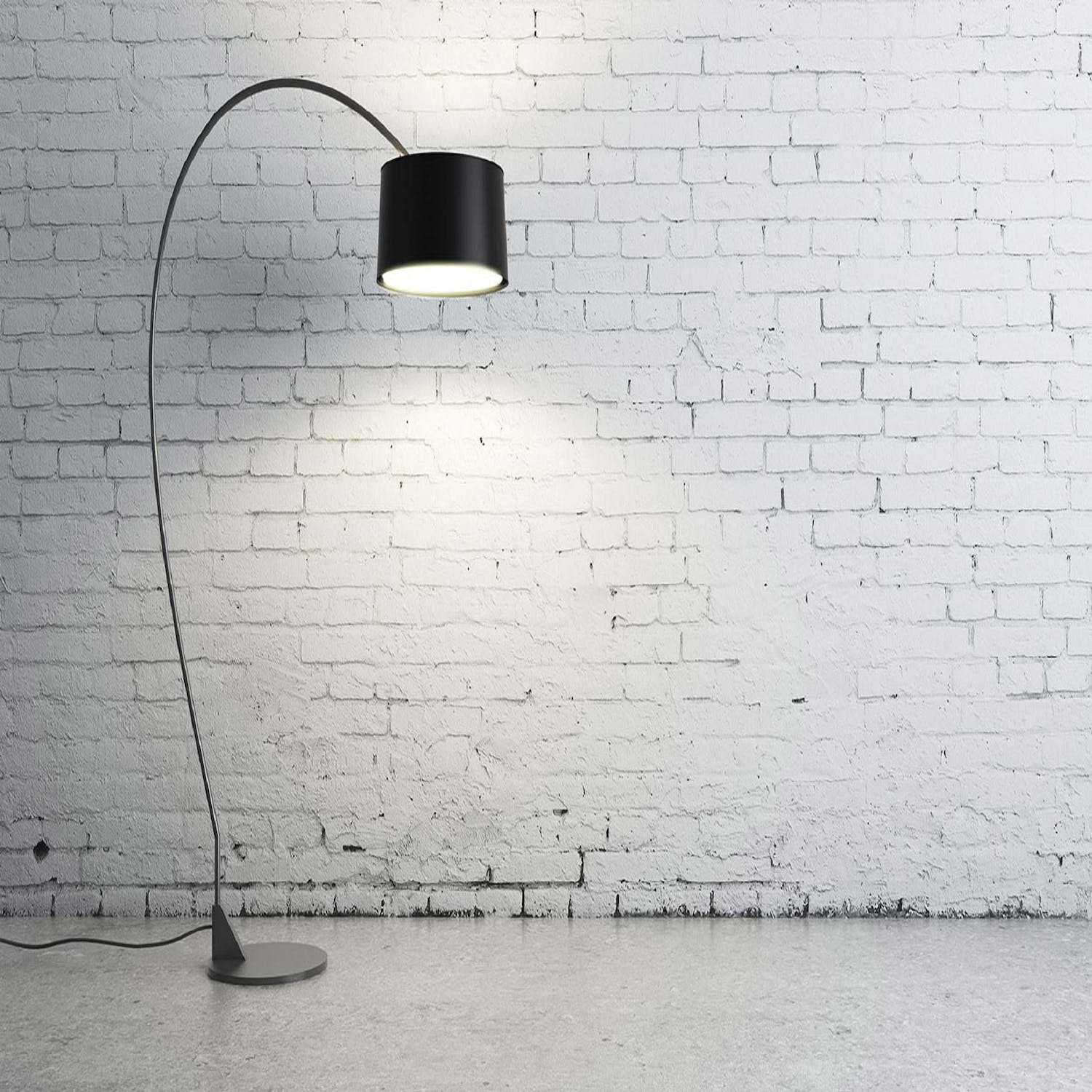How to insulate a house without cavity wall

Insulating your home is one of the best ways to save energy, reduce your carbon footprint and lower your energy bills. However, if your home does not have cavity walls, insulating can be a bit trickier.
Cavity walls are made up of two layers of brick with a small gap, or cavity, between them. This gap can be filled with insulation, which can significantly reduce heat loss.
But if your home does not have cavity walls, don’t worry, there are still several options available to you:
- Solid Wall Insulation:
One of the most effective ways to insulate a home without cavity walls is to use solid wall insulation. This involves fixing insulation boards to the exterior or interior walls of your home. It can be a bit more expensive than cavity wall insulation, but it can save you more money in the long run. Solid wall insulation can be applied to various types of walls including brick, concrete, and stone.
- External Wall Insulation:
External wall insulation is a type of solid wall insulation that is applied to the exterior of the home. It involves fixing insulation boards to the walls and covering them with a weather-resistant render or cladding. External wall insulation can help to reduce heat loss and improve the appearance of the home.
- Internal Wall Insulation:
Internal wall insulation involves fixing insulation boards to the interior walls of your home. This can be a good option if you do not want to alter the exterior appearance of your home. However, it can be more difficult to install and may result in some loss of floor space.
- Loft Insulation:
If your home does not have cavity walls, it is likely that it also has a loft or attic space. Insulating the loft can be a cost-effective way to reduce heat loss and save money on your energy bills. Insulating your loft can be done using a variety of materials including mineral wool, sheep's wool, or cellulose insulation.
- Floor Insulation:
If you have a suspended wooden floor, it may be possible to insulate it by adding insulation between the floor joists. This can help to prevent heat loss through the floor and make your home feel warmer.
In conclusion, insulating your home is an important step towards reducing your carbon footprint and saving money on your energy bills. If your home does not have cavity walls, there are still several options available to you. Solid wall insulation, external wall insulation, internal wall insulation, loft insulation, and floor insulation are all effective ways to insulate your home. Consult a professional to determine which option is best for your home and budget.